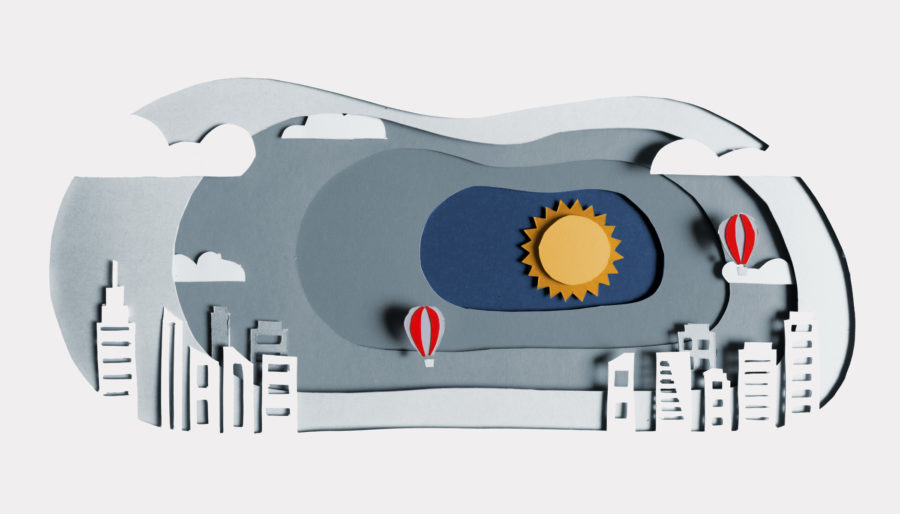LEDs are not all created equal and there still seems to be confusion in the market in respect of how to determine the performance and life of different LED luminaires. We thought we’d help shed some light on this by sharing some valuable insights and resources on LED Life.
Unios Universal Light – Edition 2
Unios have just released the 2nd edition of this educational journal. Among the many interesting articles is the lead story titled ‘The Meaning of LED Life’ written by our own MHL National Product Manager, Mark Kirkham. In this article, Mark provides guidance on assessing the long-term performance of LED products. Use the links below to learn more
‘TO B OR NOT TO B’ … that is the question’!
Leading on from the above is the evolution of the metrics used to define LED life. It seems as if the ‘B’ metric may be on the way out, or is it? The following information might help to answer that question.
There remains confusion and debate in the market with respect to life metrics for LED luminaires. So let’s take a closer look at the two options; L-Metric and B-Metric.
‘L’ Metric
The primary life metric has always been, and remains, the ‘L’ metric. Per IEC 62722, the ‘L’ metric quantifies the luminous flux degradation after a certain period of time.
- Lx where ‘x’ denotes the predicted percentage of the initial luminous flux of 50% of the LED population (median) after a certain period of time
- For example: L70 50,000hrs – luminous flux output of 50% of the LED population (median) has reduced to 70% of initial after 50,000 hrs operation
- IEC defines this as ‘Median Useful Life’
- This is effectively Lx B50 if the B Metric (below) was to be included
‘B’ Metric
The IEC has also introduced a second ‘B’ metric in an attempt to further define the ‘L’ metric.
- Lx By where ‘y’ denotes an alternative proportion of the LED population at which the luminous flux has degraded after a certain period of time
- For example: L70 B10 50,000hrs – luminous flux output when only the first 10% of the LED population has reduced to 70% of initial after 50,000 hrs operation
Whilst IEC 62722-2-1 defines this By, it does not prescribe how this is derived. In the absence of this, there is a wide variation in how this is assessed and corresponding inconsistency in the life claims made incorporating it.
Unfortunately, there has been no consistency across manufacturers in the way life predictions are reported. Many manufacturers only provide ‘L’ metrics (ie: no B metric). As noted above, in the absence of the second ‘B’ metric these are deemed to be ‘B50’. Many other manufacturers only quote life at other ‘B’ values … ‘B10’ being the most common. This inconsistency creates confusion and prevents accurate performance comparisons between products.
Lighting Europe: Evaluating performance of LED based luminaires – Guidance Paper
Lighting Europe is an industry association that represents the European lighting industry. With over 1000 members, including many of the larger lighting manufacturers (including TRILUX), Lighting Europe’s aim is to advocate and influence European lighting policies and standards.
Lighting Europe has recently released a report to provide guidance in the evaluation of the performance of LED luminaires.
Until recently, many people have believed there to be a large difference in life hours at different B values. It is therefore very interesting to see this guide has concluded there is actually no statistically relevant difference between Lx B50 & Lx B10 figures. On the basis of this, many manufacturers are reverting to reporting lifetimes without a B metric.
We believe this is a great step forward as it will simplify performance reporting and provide a common basis upon which real apples-for-apples performance comparisons can be made.
Note, this guidance paper is not a standard but does however represent the collective belief of the 1000+ lighting manufacturer members of Lighting Europe. It is quite likely the findings from this will be incorporated into IEC standards in the future.



